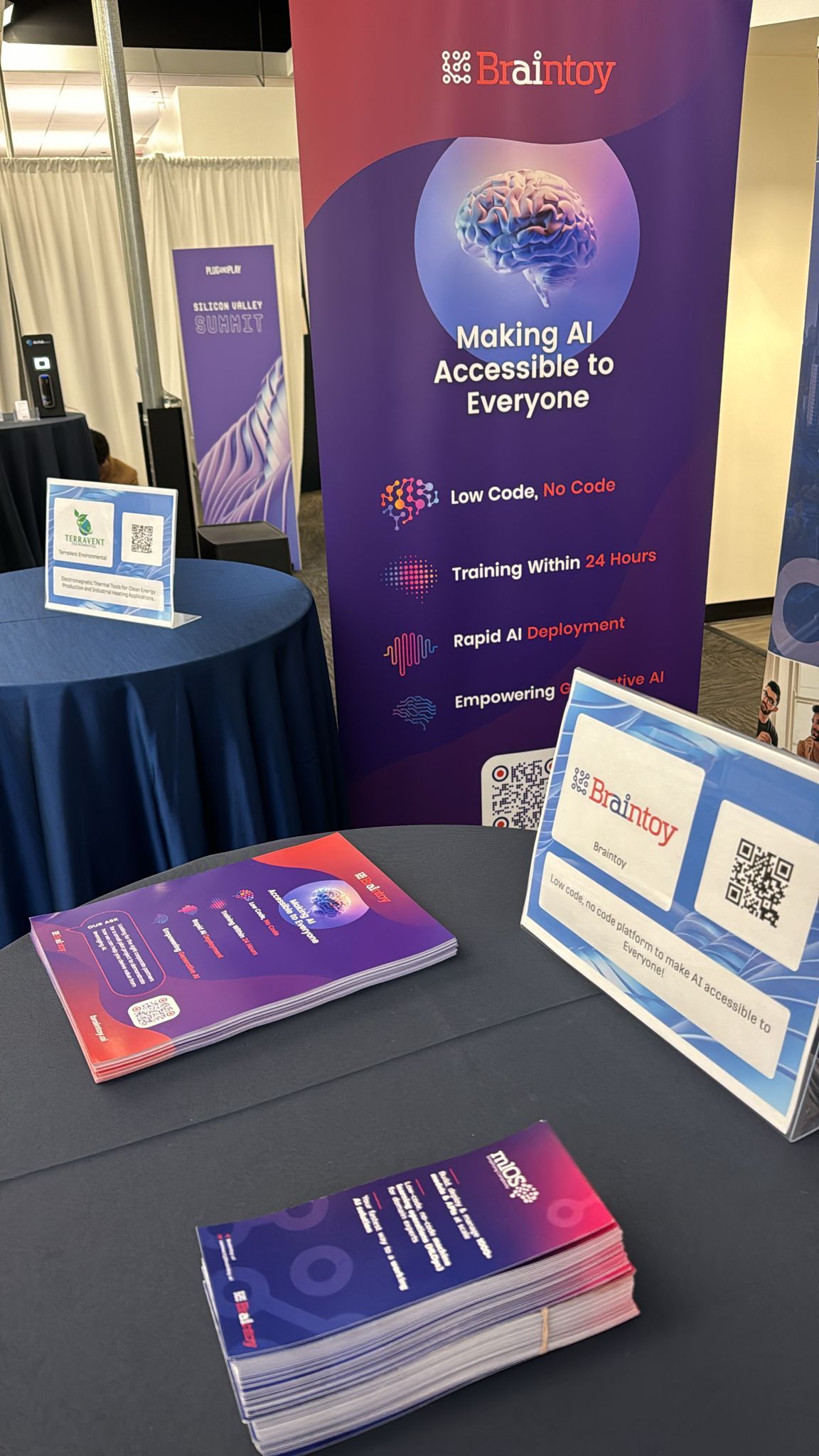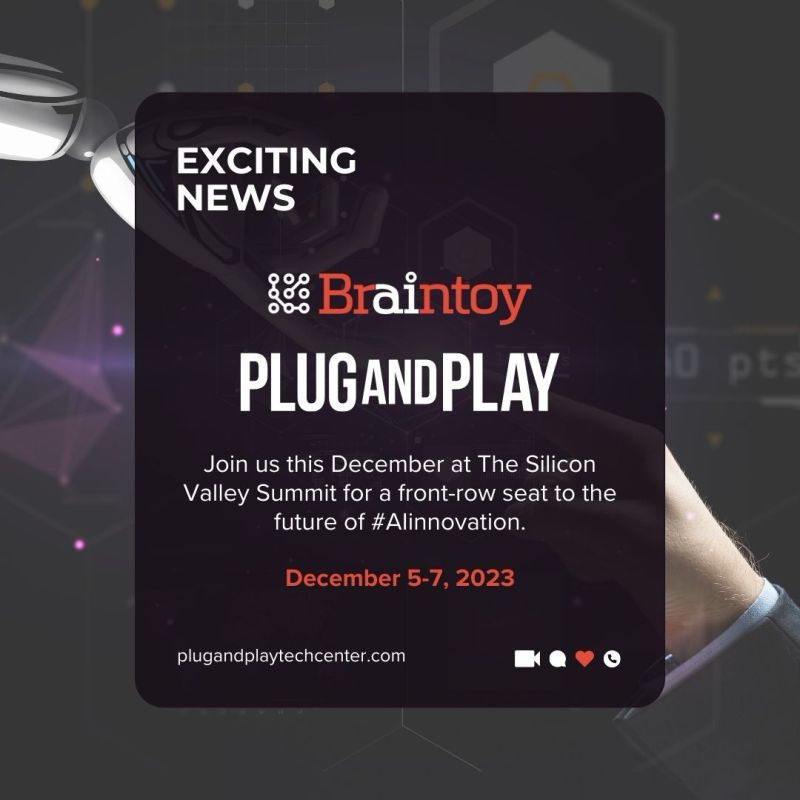mlOS platform speeds up client quotes and helps with customer acquisition
When it comes to adopting technology, the insurance industry has traditionally lagged behind. It’s an industry that collects copious amounts of data based on client quotes, claims and transactions. So, how can they leverage that data to better inform their business practices? That was the challenge presented to Braintoy by insurance technology company Trufla.
Based in Calgary and Cairo, Trufla helps insurance brokers implement technology to modernize their systems and utilize data from older legacy-based systems. Trufla serves about 100 medium and large insurance brokerages located in North America, and the UK.
“Our job is to help them compete in a digital world,” says Philip Ciunkiewicz, Trufla’s Senior Data Scientist.
With a strong background in quantitative analysis, Philip was able to collect and analyze large sets of the brokers’ data to find patterns and trends. He was proficient at devising algorithms and models that would provide valuable insights to his clients, but he wasn’t able to “mass produce” them.
He was the only data scientist on staff and with a limited background in software engineering, it was challenging for him to do this work rapidly, efficiently and at the scale his clients required.
“We needed help with productionisation – all of the core data science work was fine, but we needed a way to turn the research into a version that can be more easily mass-produced. I would say our process, before Braintoy, was somewhere between inefficient and cumbersome. It was hurting velocity.”
Philip Ciunkiewicz
Trufla needed a way to deploy the models without having to write all of the code from scratch. This is where Braintoy’s mlOS platform was able to help.
Philip received training on how to use the mlOS platform and was quickly able to start importing his own research to produce the models that would be useful for Trufla internally and for his clients. He estimates this process took weeks versus months if he had tried to do it on his own.
Here are some of the ways the mlOS platform helped Trufla better service its broker clients:
- mlOS model helps to reduce client acquisition costs
- mlOS model helps increase lead generation
- mlOS model creates an easy way to quote clients
The mlOS platform created several models that help predict insurance premiums from a minimal data set. This results in a much quicker and relatively accurate way of quoting clients automatically, without having to email forms back and forth. Typically, the model would be used on the clients’ website as a form of lead generation.
“The mlOS platform has helped our clients create a less cumbersome way of generating a lead and reducing the friction in that process by making it easier for potential customers to get a ballpark estimate on insurance by only entering a few variables. This also decreases the client acquisition costs for brokers, which tend to be some of the highest of all industries.” says Ciunkiewicz.
- mlOS model helps to analyze client data
- mlOS model helps identify ‘at risk’ clients
- mlOS model helps improve client retention
To help brokers with their client management, the mlOS platform scanned clients’ data and helped to identify clients at risk, clients who were underpaying or overpaying. Teaching the model to recognize patterns in transaction history enabled the brokers to be more strategic and equipped them with a new tool to laser target the right customers.
Before switching to Braintoy, Trufla had been using Tensorflow Extended by Google. However, this platform is not user-friendly and is designed for large data science teams with dedicated software engineering resources. And, it isn’t a managed solution which means there’s no customer support available if needed.
Trufla continues to work with Braintoy on the subscription plan for mlOS. Ciunkiewicz says he would recommend Braintoy for companies that have limited resources available for implementing AI and machine learning.
“The mlOS platform is ideal for business analysts, data analysts and non-technical users and that’s where I think strength lies.”
With models that are already 90% accurate, Trufla continues to use the mlOS system to improve upon those statistics. The company is focused on creating models that deliver more accurate predictions and insights that can benefit Trufla’s clients.





